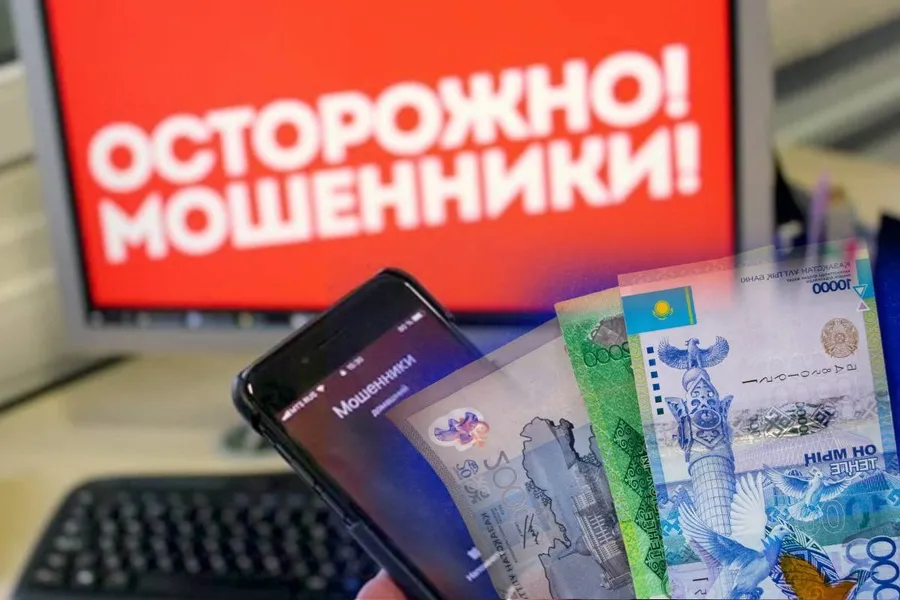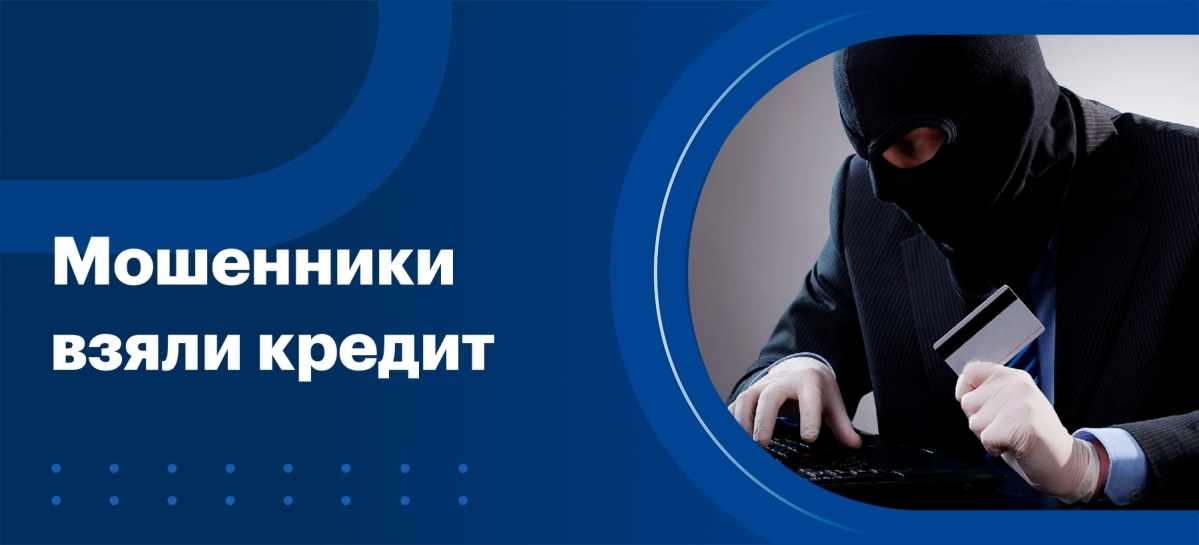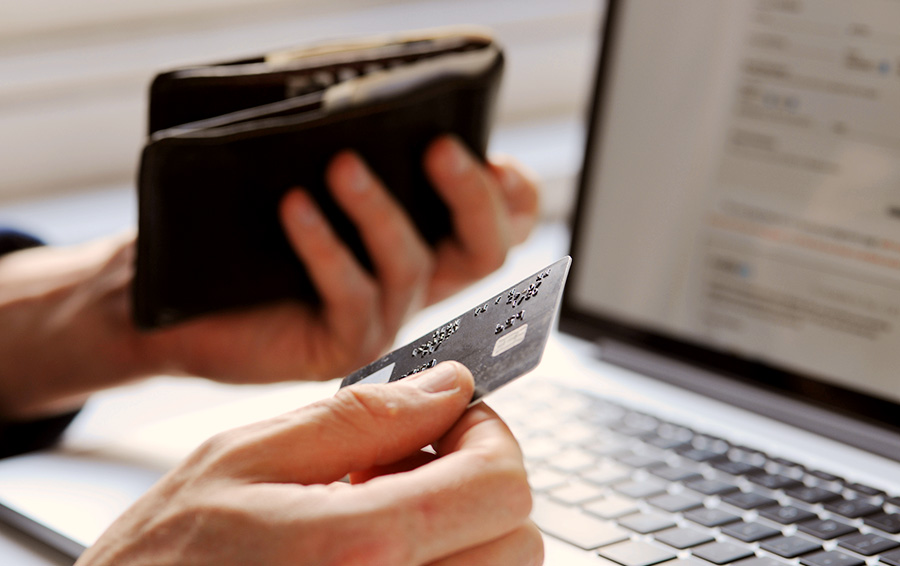Credit scammers are one of the most common frauds, and anyone with a bank card or credit can fall victim to them. Scammers always make a good impression as specialists; they know their business well. To lure clients, they use professional terminology from the banking and economic fields, and they understand issues related to lending and banking programs.
Credit Fraud
Any credit fraud is very painful for the victim and there is an explanation for this:
- the victim will have to pay off the credit and interest;
- the loan amount may exceed income or savings;
- it becomes impossible to take out a loan if it was planned;
- there will be monthly obligations to the banking organization;
- the victim may not immediately find out about the existing loan.
Loan Fraud

When personal data is stolen, scammers organize various loan fraud schemes:
- forging documents, stealing personal data, creating copies of passports with photo substitution; when using remote identification methods, these documents are difficult to examine;
- using front persons, taking out loans in another person's name, on another bank card, or opening an additional card in the victim's name, obtaining a loan, and immediately withdrawing money from it;
- intentionally not paying off debts, taking out loans with changed details and completely substituting false information;
- taking out loans with existing documents, but then reporting to the police about the loss of documents and, when receiving the money, making demands for the loan to be declared invalid.
Fake Microfinance Organizations
Fraudsters call and introduce themselves as employees of microfinance organizations, offering victims loans on very favorable terms. Before agreeing to take out a loan from an MFO, it is necessary to check it in the list of financial organizations authorized to conduct such activities legally; if it is not in the register, then it is a scam. Fake MFOs will never participate in self-regulating organizations that monitor all participants.
Quick Loan Scams
To trick a victim into taking a quick loan, scammers devised a scheme with phone calls about required assistance. Pretending to be law enforcement officers or hospital staff, they report on behalf of an acquaintance that they need financial help, name a specific amount, and suggest taking a quick loan from a microfinance organization.
When taking out a loan online in a panic, the victim signs the documents without looking and becomes part of the scam, subsequently paying high interest.

Fake Credit Agencies
Fake credit agencies extort some payments from the client for certain services when supposedly arranging a loan.
These agencies find their victims using online services that deal with selecting loans, and the victim, when applying for a loan, becomes the object of fraud. Then they send SMS and email newsletters with tempting offers, guaranteeing favorable terms. They pursue with phone calls to facilitate loan arrangements, advertising promotions.
Credit Card Scams
If scammers have information about one-time codes from banks in the form of messages or get login and password information from banking, they will have information that allows them to perform various operations on someone else's bank account.
To get this information, scammers use programs that allow unauthorized access to the user's database and steal data. SMS messages containing a link can be a trap, downloading malware that transmits information to the scammer. They transfer funds to their cards or pay for goods online or in stores.

Refinancing Scams
Villains have developed a new earning scheme, helping debtors, for a low fee, to help solve debt problems.
They offer debtors complete write-off for a certain fee, asking them to send copies of documents and pay a small amount for the debt write-off service to a card. After that, they promise the victim that they have connections in the Credit History Bureau and will write off the debt. Then, in the personal account, you need to pay the remainder, promising that companies will not notice the debt write-off, arguing that microfinance organizations have a large number of clients. In reality, the scammers cannot write off the debt but earn from unfortunate people.
How to Protect Yourself from Credit Fraud

To protect yourself from credit fraud, you need to take security measures:
- study the company's website, details;
- information about the availability of provided services, contact information, and license;
- compare various credit organizations, their loan issuance and repayment terms, interest rates, and the presence of penalties for late payments;
- do not pay advance fees for application review, a legal MFO does not engage in such practices;
- enable additional banking security measures using two-factor authentication;
- regularly check your credit history.
